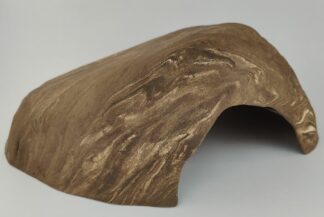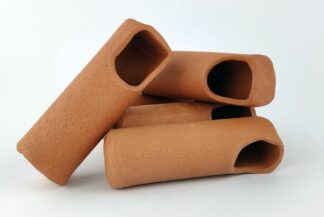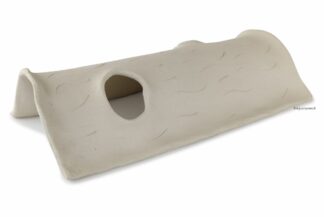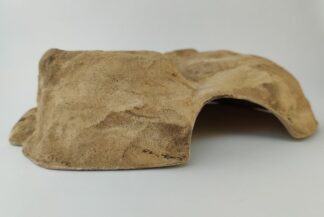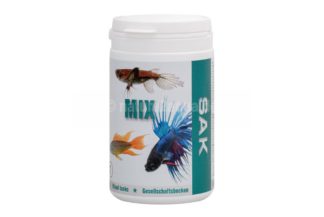Here you will find some basic information on the subject of water plant fertilization in a relatively short form. If you like it more detailed, please follow the links below.
Water plant fertilization – Why fertilization?
Basically, our Central European waters usually differ significantly from those in which most aquatic plants used as aquarium plants are native. The composition is usually such that not all important trace elements are available in the required quantities, so that without the addition of an aquatic plant fertilizer, a deficiency supply occurs relatively quickly.
Poor plant growth is often accompanied by undesirable algae growth. This is due to the fact that algae, as “lower” aquatic plants, get by with fewer trace elements than “higher” aquatic plants and thus have a competitive advantage over the actual plant growth in case of trace element deficiency.
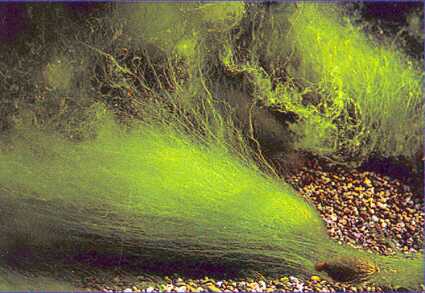
Only consistent weekly partial water changes and targeted fertilization with an iron and trace element fertilizer can help here.
Water plant fertilization – What to fertilize with?
Ultimately, fertilisers are based on nutrient solutions that have been known for a long time in plant nutrition and which have very different compositions depending on the intended use (whether NPK fertilisers used in agriculture and horticulture or fertilisers used in nurseries and other crops). In addition to minerals and trace elements, they have in common a relatively high content of nitrogen and phosphate.
The “normal” planted community pool, on the other hand, is usually already supplied with these two elements in sufficient quantity, if not in abundance.
The main source for this is the fish food, which is at least partially supplied to the aquatic plants via the detour of the animal. These elements are therefore generally not required in aquatic plant fertilizers for aquariums (exception are strongly plant-dominated, low-fish aquariums). However, the other trace elements required are very often deficiencies which should be added in order to achieve and maintain stable, vigorous plant growth.
Good aquatic plant fertilizers for community aquariums such as the Fermendo system are therefore free of nitrogen and phosphorus.
Water plant fertilization – What to pay attention to?
- The nitrate levels should decrease continuously between maintenance measures (water changes).
- The phosphate levels should also decrease continuously between maintenance measures (water changes).
- Declining values of nitrate and nitrogen indicate that the supplied nutrients are being consumed by the aquatic plants.
- The iron value should ideally not fall below 0.1 mg/l (before the water change), slightly higher values after fertilisation are not harmful to the system.
See also:
Why should you fertilize at all?
How does the water in an aquarium differ from that in natural waters?
What is the composition of a water plant fertilizer?
What are the nutrient requirements of aquatic plants and what is the correct dosage?

